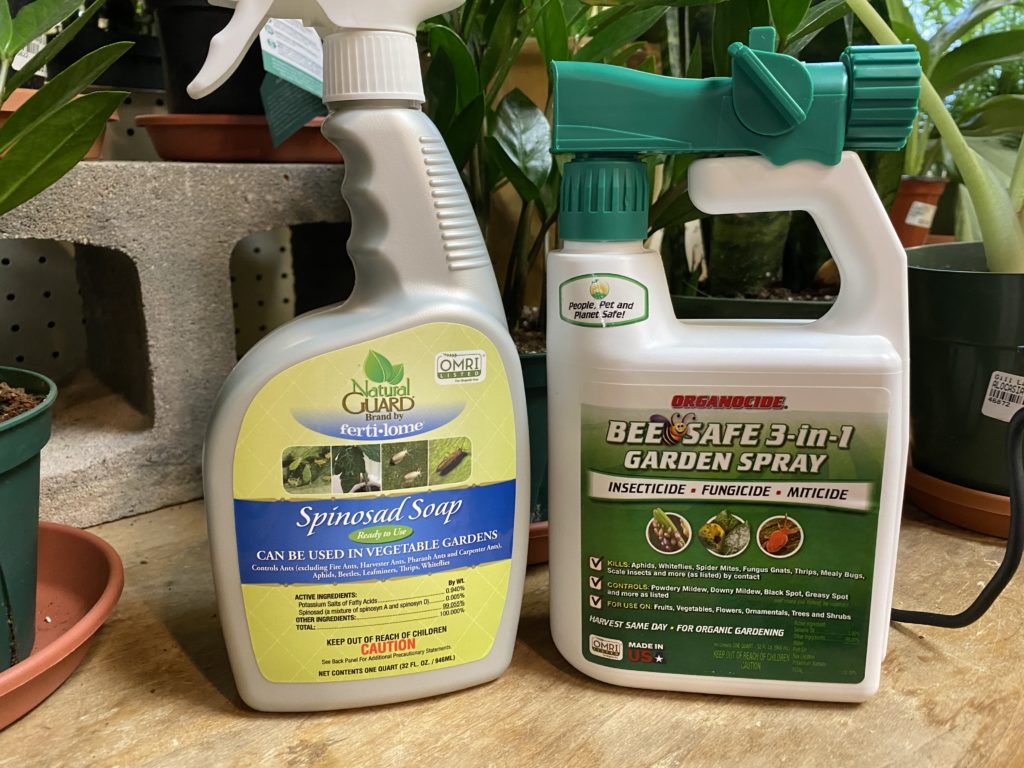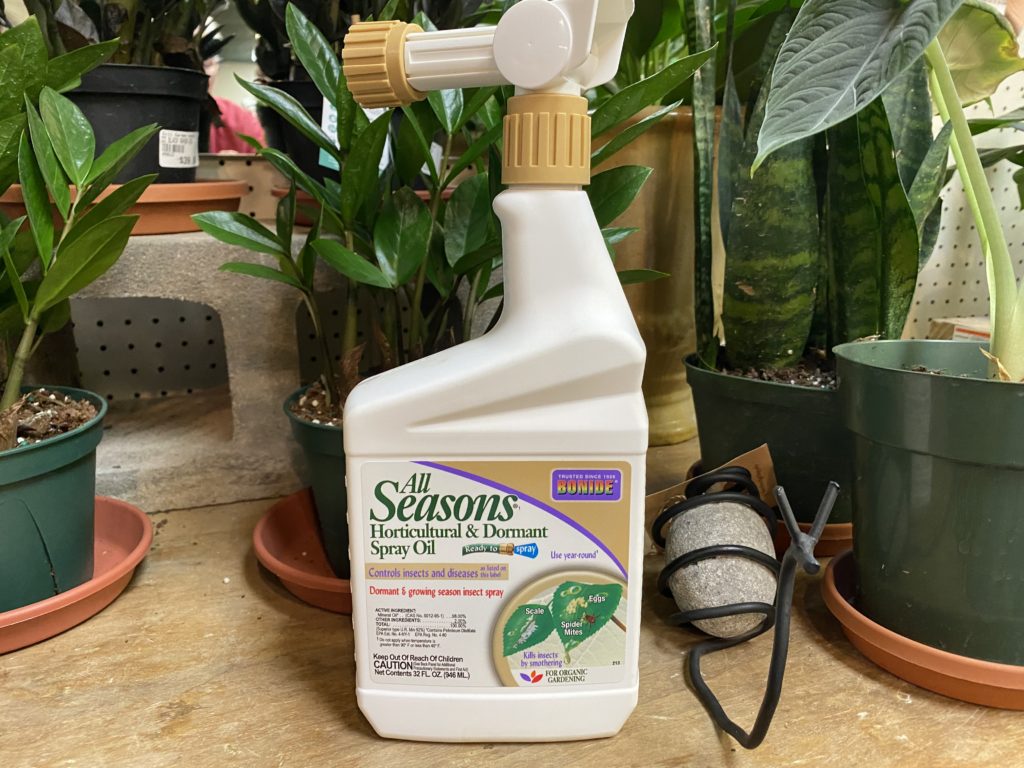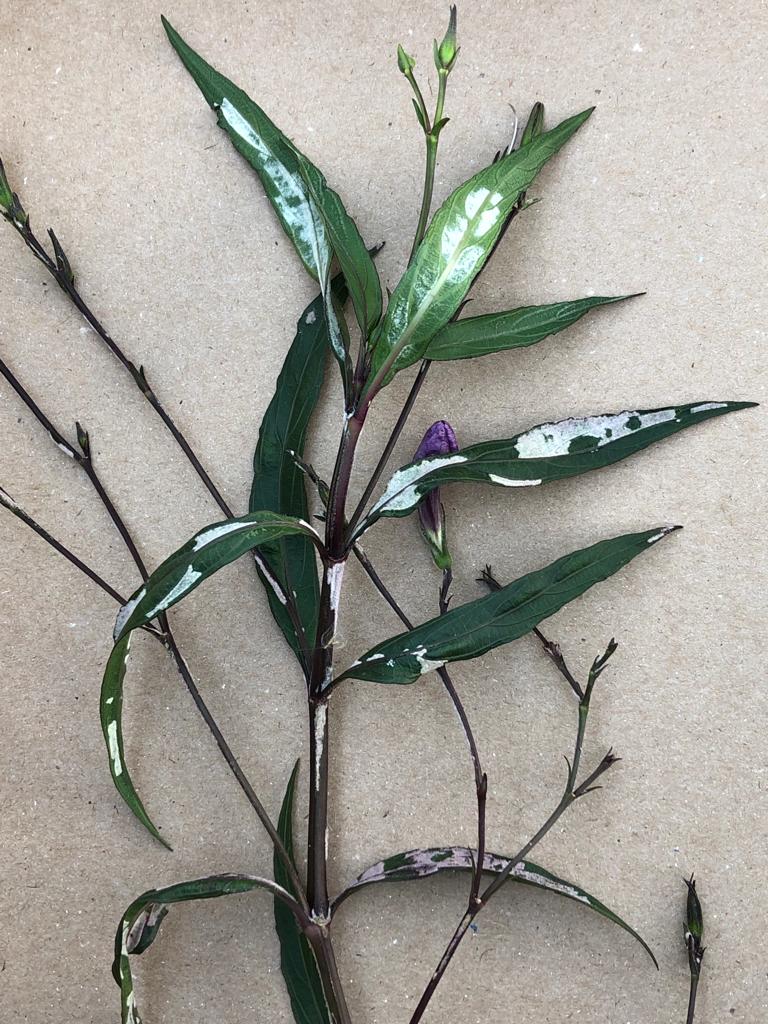The past couple weeks, several customers have brought in pieces of Ruellia (Mexican Petunia) with worrisome white splotches on the leaves. At first glance, it could appear to be a fungal issue or even a chemical or paint residue, but that’s not it… Here’s what to look for and our recommendation for treatment.
The white funk is actually a type of growth distortion called erineum caused by tiny mites called eriophyid mites (Acalitus ruelliae). So that means fungicides would be a waste of time and money to solve this issue. We recommend treating organically with All-Seasons Oil Spray (a horticultural oil). Repeat the treatment every 5 to 7 days for a total of 3 treatments, wait until Spring, then cut the plants down to ground level. This should kill the mites and the plants should grow back out and look beautiful again. Another approach would be to use organic Spinosad soap or Bee Safe 3-in-1 Spray to treat the mites, then cut to ground level in Spring and wait for clean regrowth.



-DeAnna



Amy says
Will any of the products hurt hummingbirds or bees. They all love ruella.
Jesse says
Hi Amy – none of these are harmful to hummingbirds. Spinosad is harmful to bees, but Bee Safe is not. Horticultural oil should not be harmful to bees as long as you apply in the early morning or in the evening, and do not apply while bees are actively foraging in the area.
Diane says
I have this on my plant also. First year of planting it in a pot. So beautiful but not so much now. I’m in Nebraska so I will just cut it back since cool weather is coming.
Next year hopefully I can stay on top of this issue. I’m assuming I will have to dump the dirt & start fresh, not sure if these mites live in dirt during winter months?
It was such a beautiful plant this year.
Jesse says
Hi Diane – we do not think the mites will live in the soil over winter. We recommend a few treatments with horticultural oil before you cut the plant back. Hopefully that will take care of the mites and you’ll have nice new growth when it comes back.